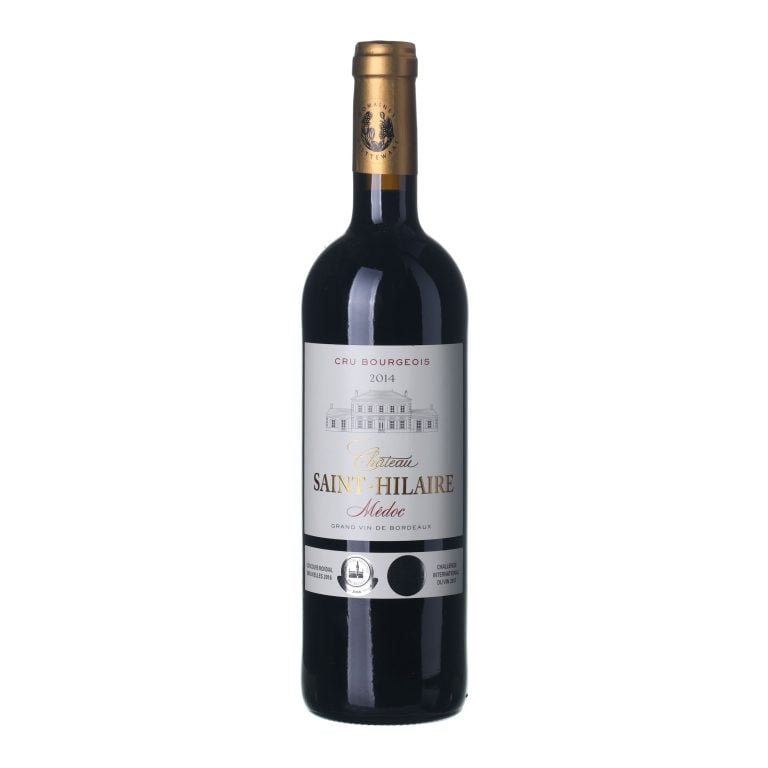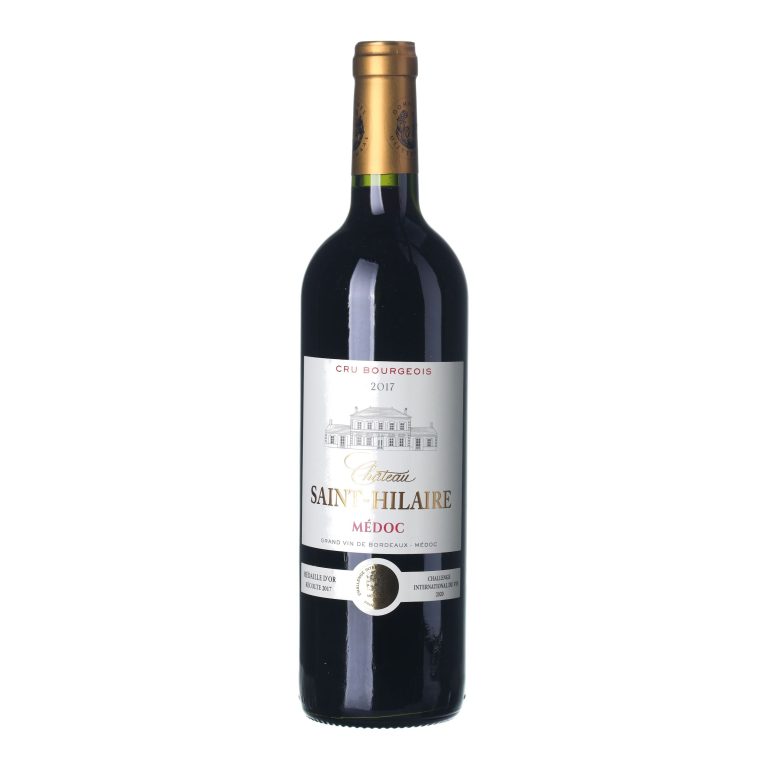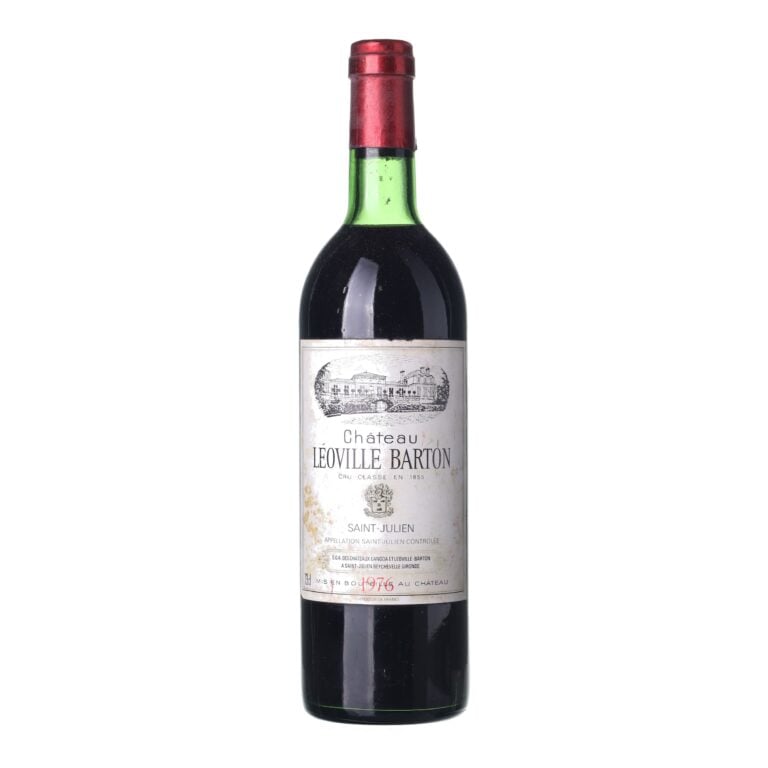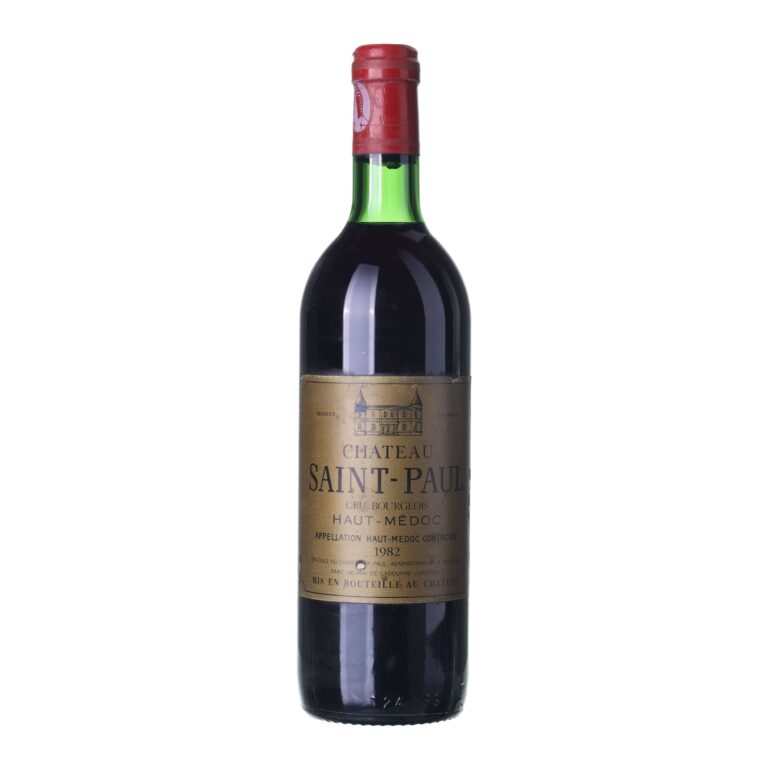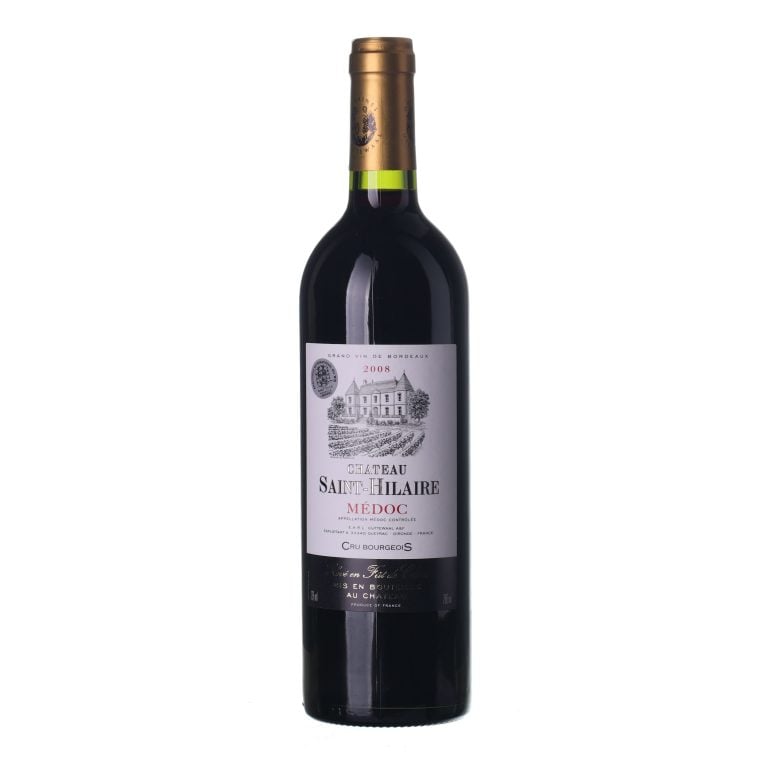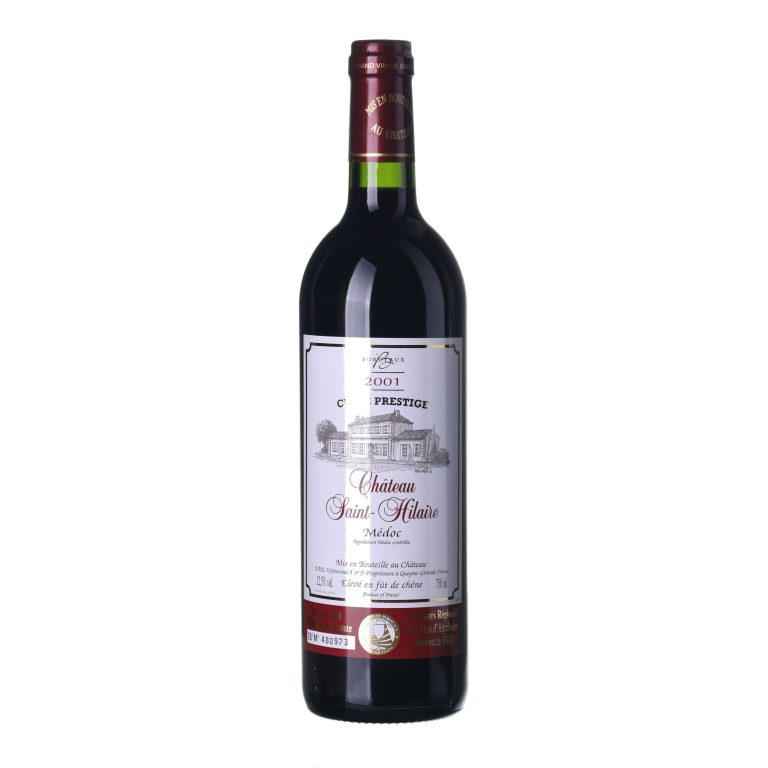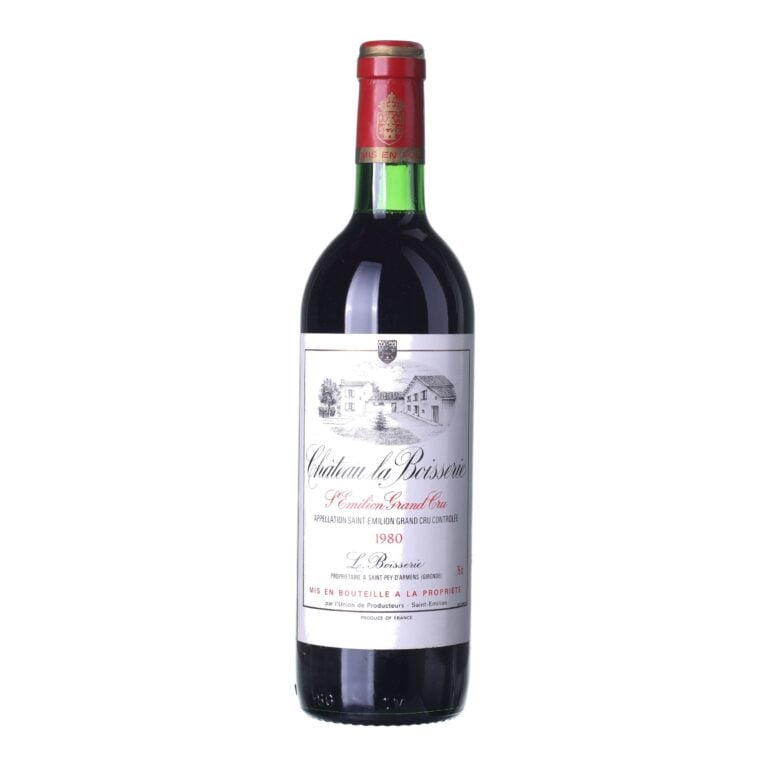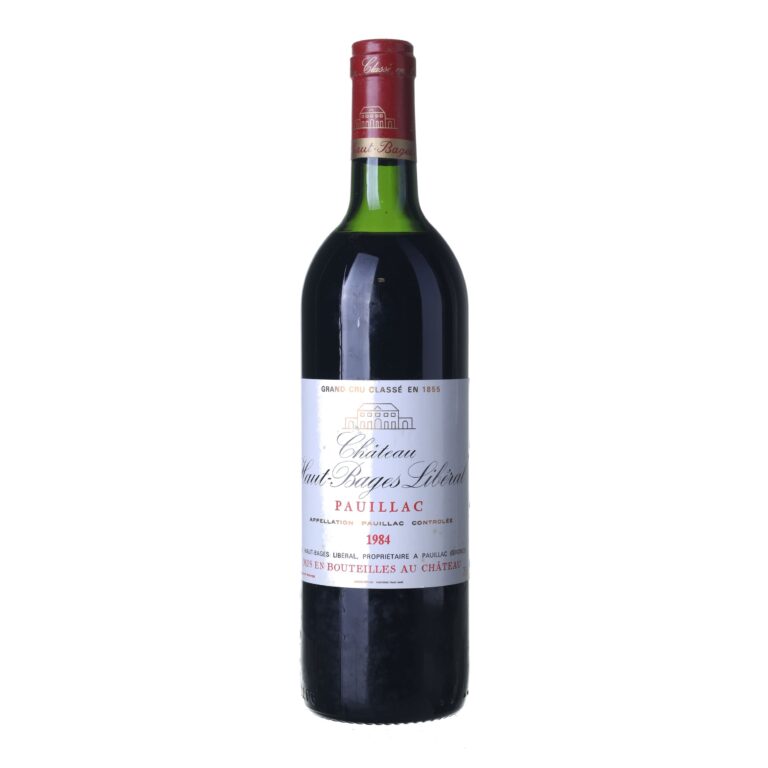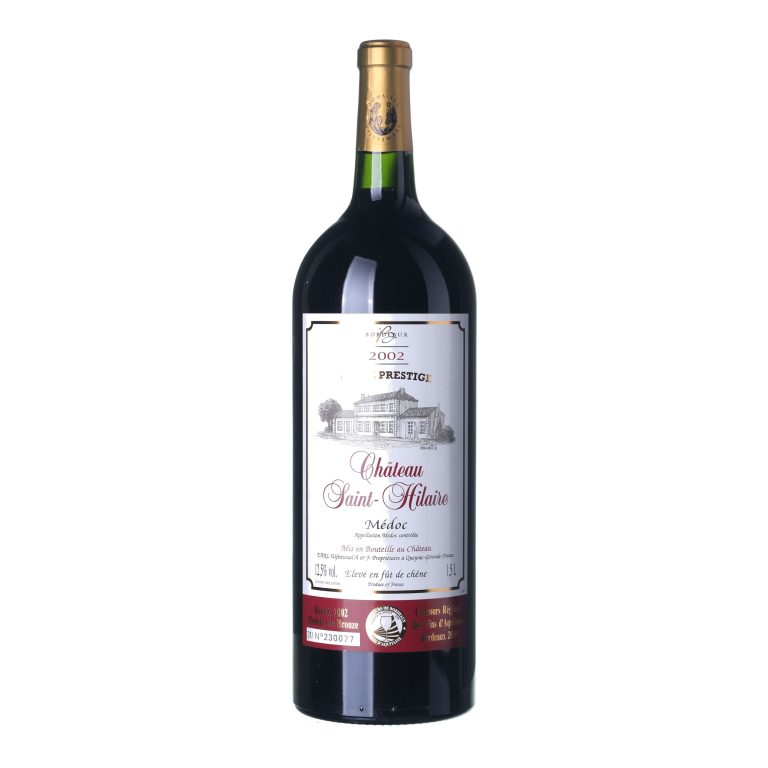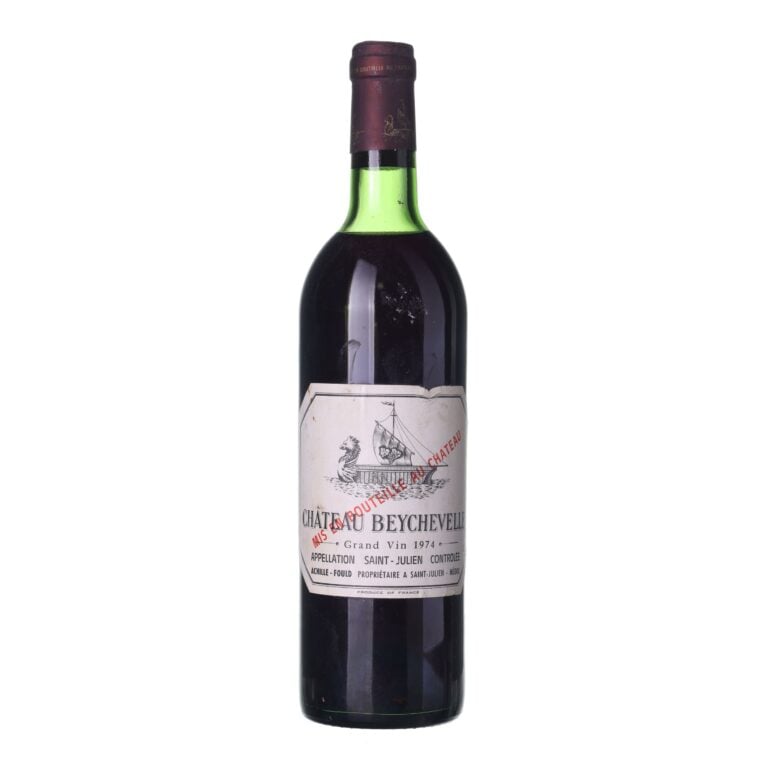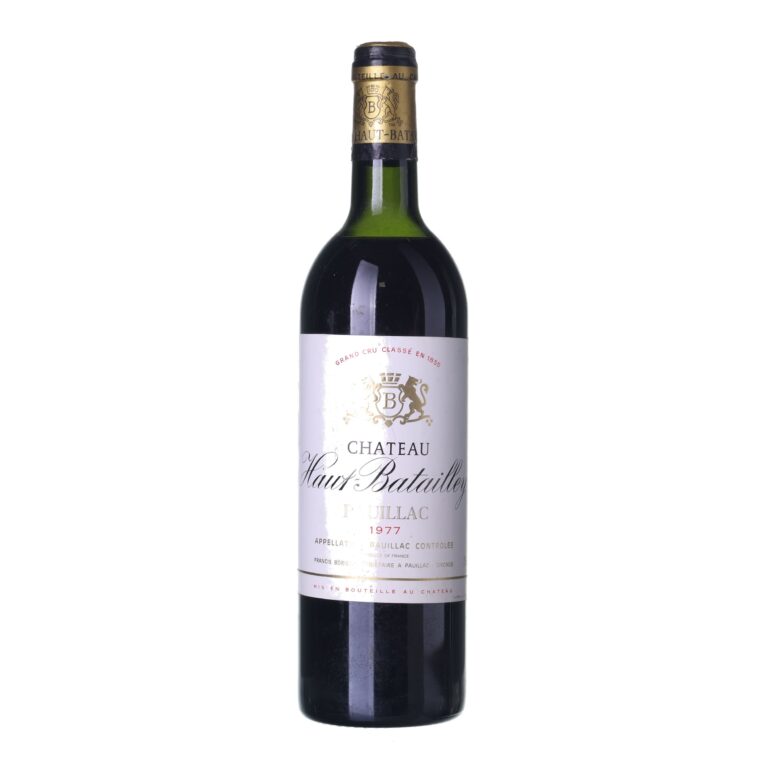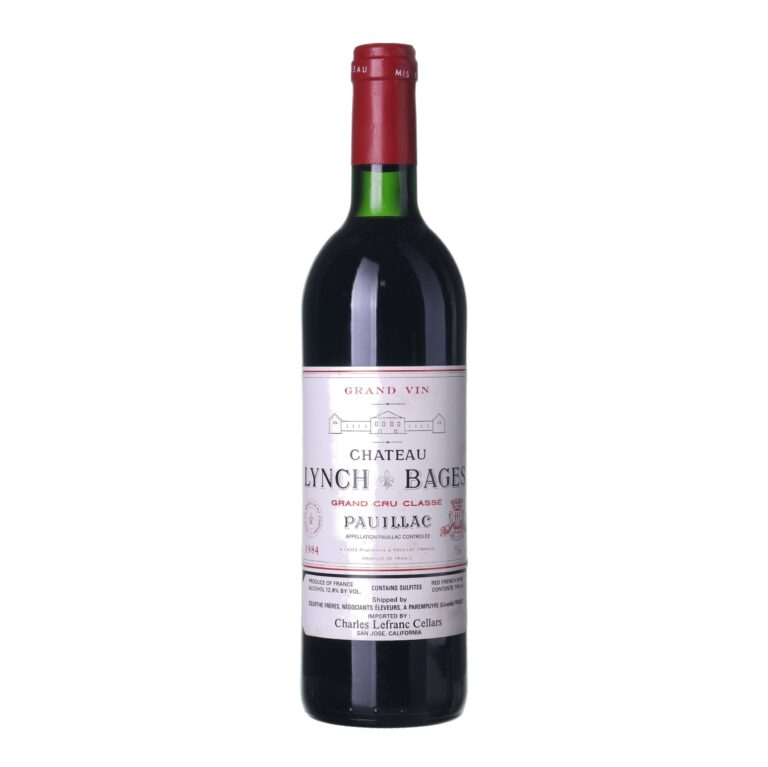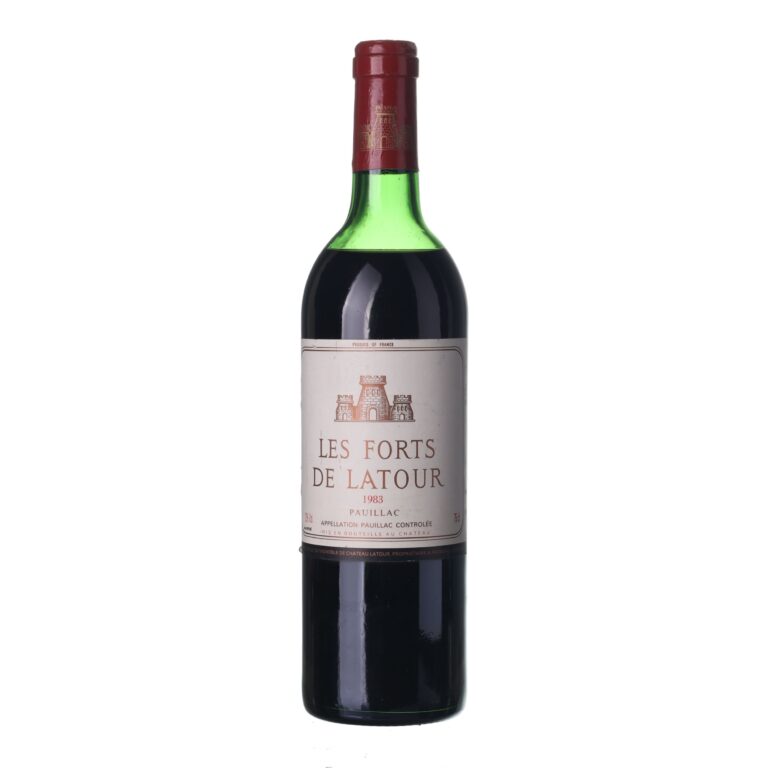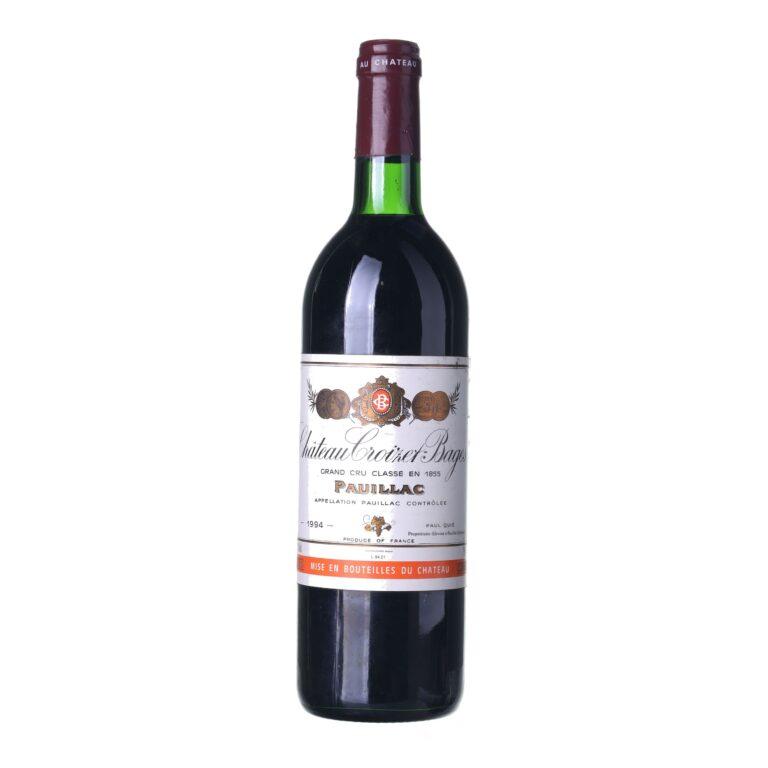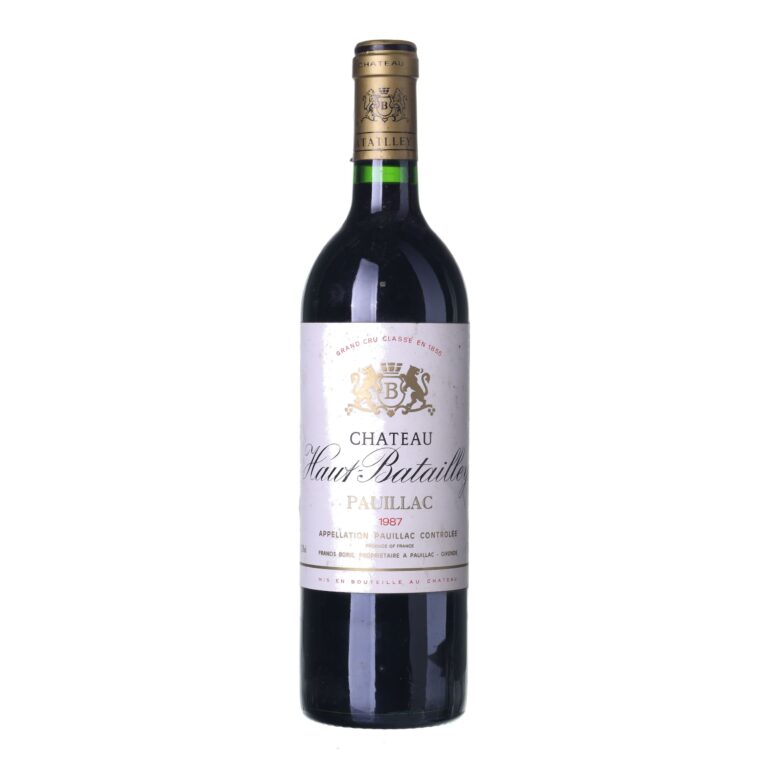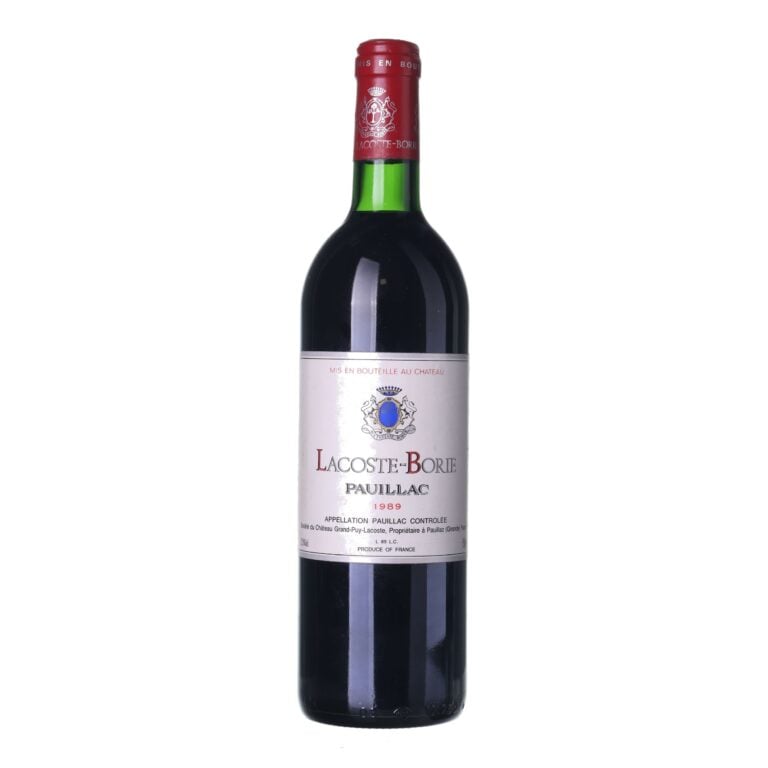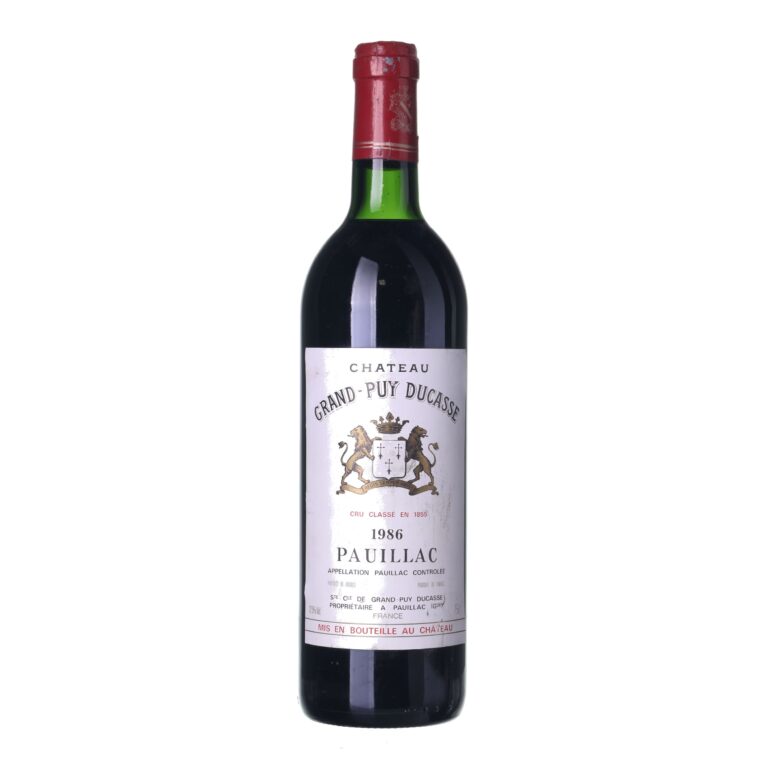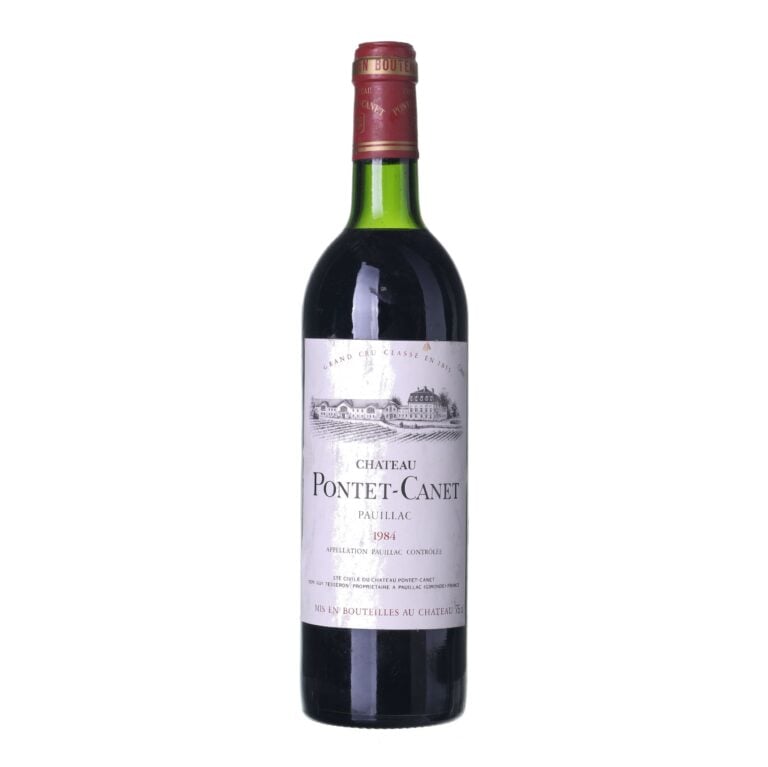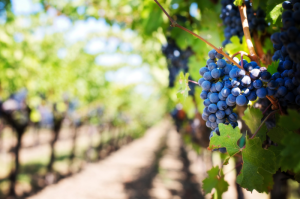Médoc: The magic of red wine from France
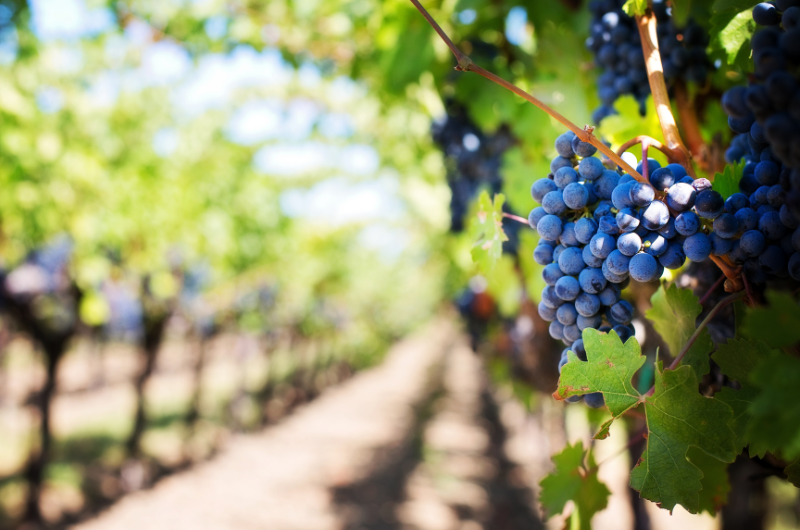
France – the birthplace of the world gastronomy, breathtaking art and also of the birthplace of famous wine growing regions. The place where top wines valued world-over come from. Let’s explore one of them – the prestigious Médoc. Médoc is part of the Bordeaux wine region the qualities of which we wrote about previously.
From an inhospitable swap to a popular wine making region? That too is Médoc.
The flat peninsula of Médoc lies on the left banks of the river Gironde, its northwestern shores are washed by the waters of Atlantic Ocean, and on the southern side it is bounded by the vast forested area of Les Landes. Thanks to such position the area is very humid and up until the end of the 17th century it was a swampy piece of land prone to flooding, hardly a place inviting for any kind of agriculture.
The change came with the arrival of Duch water engineers who built a deep drainage channel here. It is to them that we owe the Médoc we know today. The managed to drain and cultivate the whole area. In the place of inhospitable swamps, meadows and wheat fields were gradually set up.
A fundamental discovery was made with the flourishing of the Médoc region. It became apparent that the gravelly soil of the peninsula provides ideal conditions for growing vines, and the first vineyards began to appear in the area at the beginning of the 18th century. Currently, the local vineyards produce mainly red wines. The most common cultivated grape variety is Cabernet Sauvignon, followed by Merlot.
Fun fact: There are about 16 000 hectares of vineyards in Médoc. That’s about the same area of all vineyards in Moravia.
The peninsula is divided into three parts: Landes du Médoc, Médoc and Haut-Médoc being the most prestigious.
The first-mentioned covers the whole western part of the peninsula. Even though no wine is being made here this area has a fundamental influence on vine cultivation. The inland vineyards are protected from the cold and salty winds from the Atlantic Ocean by the thick pine forests of the area.
The remaining two parts were originally called Bas-Médoc (“Lower Médoc”) and Haut-Médoc (“Upper Médoc”) according to their position on the river. However the wine community of Bas-Médoc thought that the names evoked inferiority when it came to judging the quality of wine and comparing to the Haut-Médoc. Thus the name Bas-Médoc was dropped.
There are four prestigious wine sub-regions in Médoc: Pauillac, Margaux, Saint-Estéphe and Saint-Julien. Let’s take a closer look at them.
French wine that loves to be original? Try Pauillac.
The town of Pauillac used to be an important port. Its vineyards lie to the west of the town along the river Gironde. This is where the most famous red wines in world were born.
The whole area is considered to be the Mecca of all wine lovers. Each year thousands of tourists flock here to taste 18 wines from the Grand Cru Classé category which is at home here in Pauillac. According to the Grand Cru Classé, 3 of them even belong to the most famous TOP 5 best wines from Bordeaux.
There are over 1200 hectares of vineyards here. Aside from the noble Chateau Latour from TOP 5 known not only for its bold taste but also for stable quality, another star was born here – Cabernet Sauvignon, one of the most famous red wines.
Did you know that….? The town of Pauillac is the starting and finishing point of the longest marathon in the world, Marathon du Médoc. Its participants wear carnival costumes instead of jerseys. When running, they refresh themselves not with water, but with wine.
Margaux – French wine with stamina
With one exception, all Margaux wines are red. Wines from this sub-region are credited with a distinct taste. The wines of Margaux owe this to the subsoil, which is different here from the soil on the rest of the peninThe soil in Margaux is characterized by a high level of gravel, occasionally with a predominance of sand. So, in order for vine plants to get the nutrients and water they need, they have to sink their roots much deeper into the soil. Thanks to this, they become physically stronger and the specific properties of the deeper soil layers are reflected in their unmistakable taste.
The unique wine from Médoc comes from the vineyards of Saint-Estéphe
Saint-Estéphe is Pauillac’s across-the-river neighbour. Despite being such short distance away the wines from these sub-regions differ greatly. The soil here contains less rocks. It is dominated by a higher content of clay and limestone, which causes poorer soil drainage. This results in later ripening of the vines and higher acidity of the wine.
This is why this northernmost wine-growing sub-region is made up of up to 40% of the Merlot variety. It gets along better with the special character of the soil than Cabernet Sauvignon. Grapes retain their freshness for a long time. Therefore, wines from this variety are excellent for archiving.
French wine from Saint-Julien: When size doesn’t matter
The region of Saint-Julien lies in the centre of Haut-Médoc and with its size of 896 hectares is the smallest of the Médoc’s sub-regions. It remains ambitious nonetheless. Almost every bit of the territory is covered with vines, except for a 500m wide strip which is located on the buried banks of the Gironde River.
The closer the individual Chateaus are to the river, the milder the area’s microclimate. This has a significant effect on the character of the wines that this sub-region produces. Saint-Julien wines stand out with a fresh, harmonious taste and have excellent potential for archiving. The well-known Cabernet Sauvignon and Merlot varieties do well here.
Select wines. In your email.
once every month. You can look forward to our recommendations, interesting content, and great offers for your archive for your archive.
By sending an email you agree to the Terms and Conditions for Protection of Personal Data


